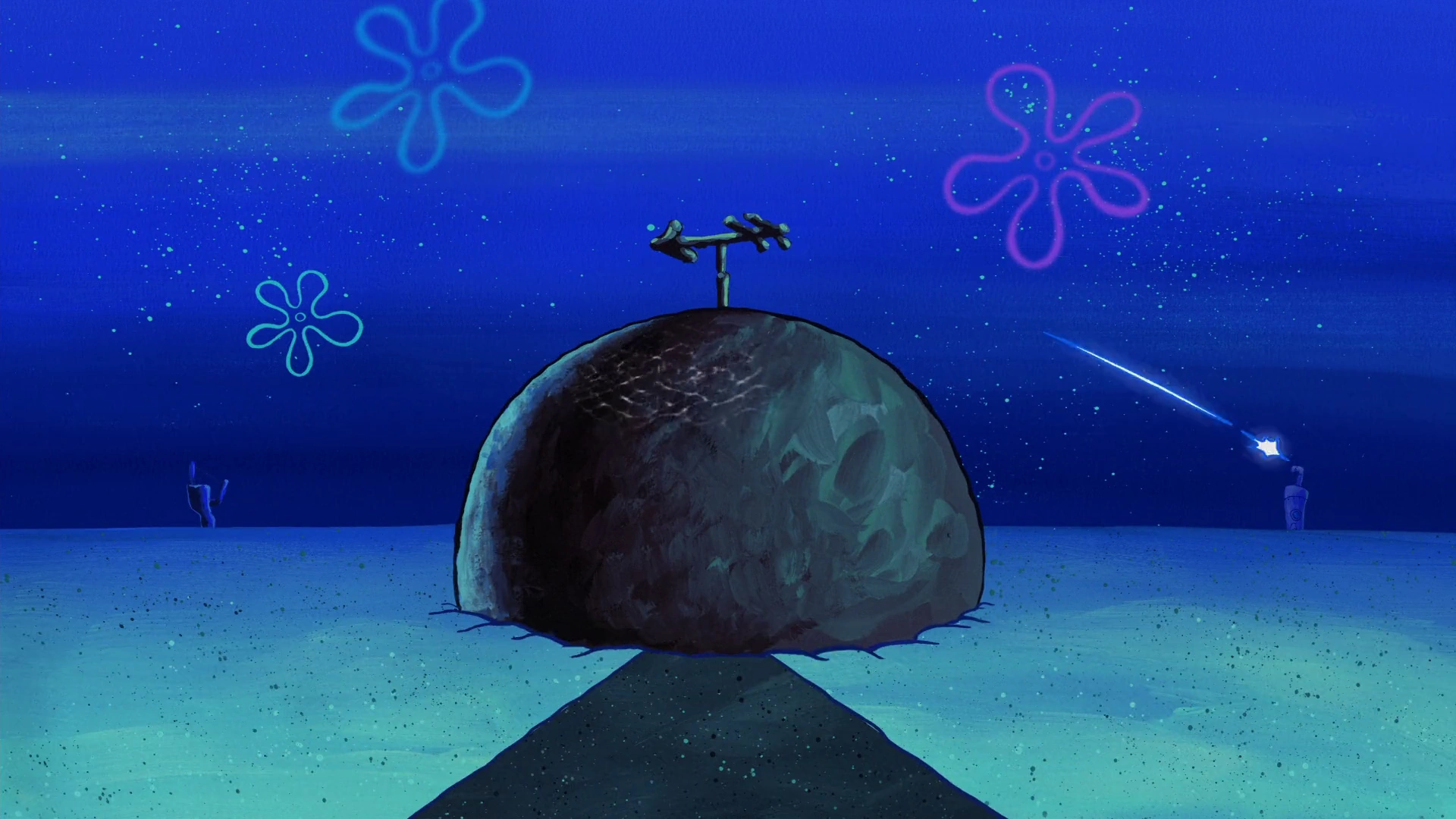

log in on a local IP and not the network name and it’s working again. but I’ll be moving to jellyfin from now
after seeing this edit on the top post I felt like OP was not not really looking for input and instead jumped ship when he had to change a single setting after an update in a software he had been using for years

I also run both but don’t see how Immich could be a replacement for Nextcloud?